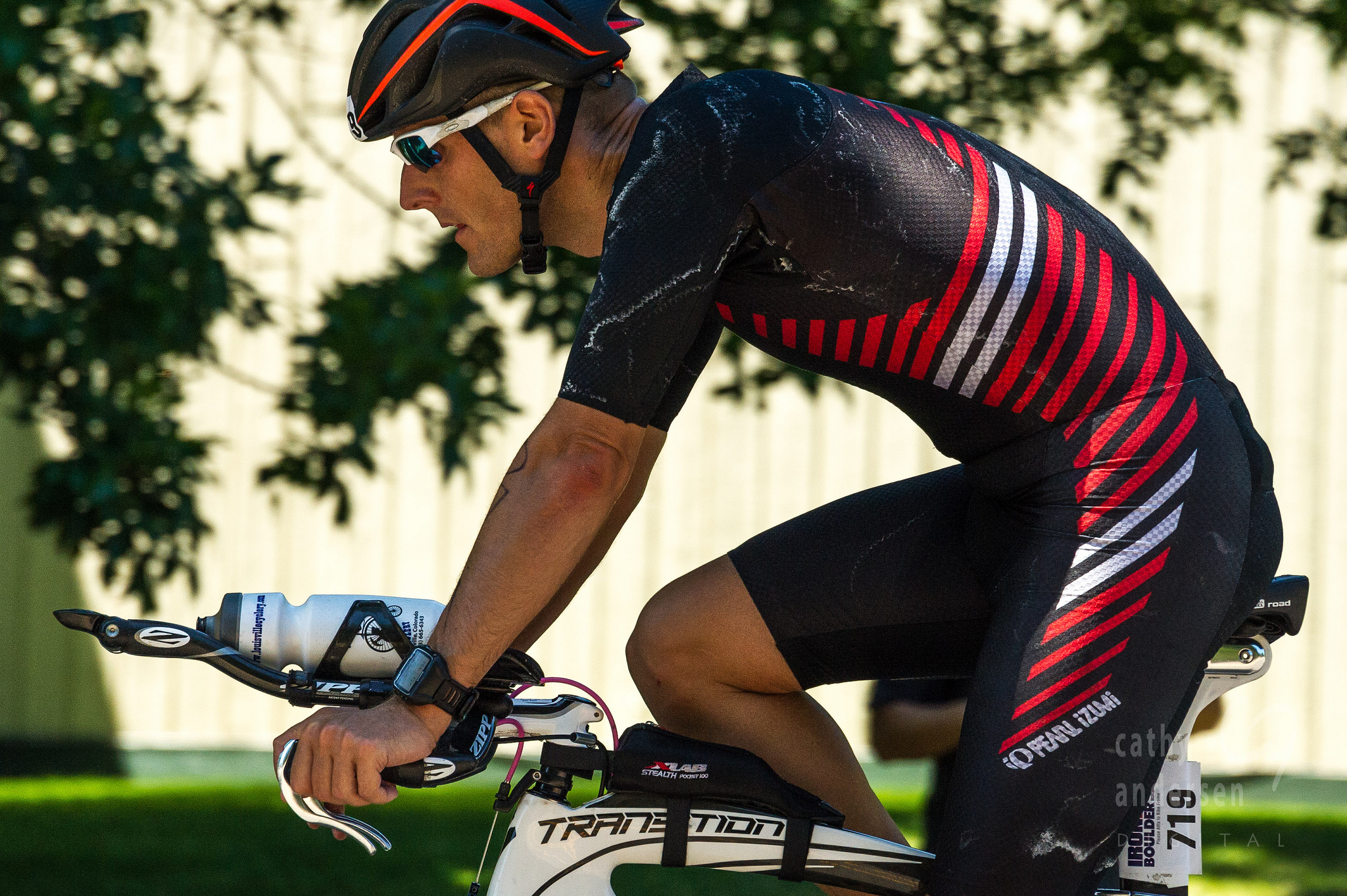Many athletes pack a lot of events in a short season. We break them up in terms of importance to us – A, B and C. A races are ones where you really want to do your best, B races are those that we’d like to do well and C races are “just for fun”. It is impossible for athletes to maintain peak fitness for a prolonged period of time, so it is important for you to plan your schedule so you can peak for your A race.
Fitness peaks come when an athlete takes a step back in training to absorb the most recent training, is well rested and then races. Once the race is completed, more rest is in order and then the entire process is started over. The next time through, the athlete will be more conditioned, making the fitness peak higher because it will be built on the progress that was recently made.
One of the biggest challenges for an athlete is to achieve a fitness peak at the right time. Here are some tips on how to set yourself up for a perfectly-timed peak:
- Gradually increase volume – This important, but many times overlooked, practice helps prevent injury while increasing fitness. If you increase too quickly, you will definitely see improvement, but will likely stagnate before your goal race. If you increase too slowly, you will not reach your true fitness peak at the time of your event.
- Build upon your training – The most effective training programs are those that focus on different types of training at various points of the cycle. An ideal training program will be built of three phases of approximately the same length. Those phases include:
- Base Phase – building general endurance consisting of low to moderate intensity training as well as improving technique.
- Intensity Phase – this phase continues with general endurance but you should add some high intensity intervals.
- Peak Phase – continue with the high intensity work as you work towards longer intervals at or above race pace
- Master the taper – majority of athletes do this incorrectly. The few days and/or weeks just before the race is called a taper. If done properly, the taper will increase blood volume, increase aerobic enzymes, maximize carbohydrate fuel storage and enhance tissue repair. Depending on the length of your race, the taper can last anywhere from 4 days to 3 weeks. A good guideline is to reduce your training volume by 30-40 percent per week of tapering.
- Mind over matter – one of the most overlooked aspects of training and racing is the mental component. Even the most fit athlete will not succeed if the brain is not in the right place. Believe in yourself, believe in your training, trust your taper and know you did all the work it takes to achieve your goal.
If you need some help in structuring your training program and learning how to taper properly, please contact me. I can help set you up for success for your next goal!
Train Right, Tri Right!
Coach MJ







